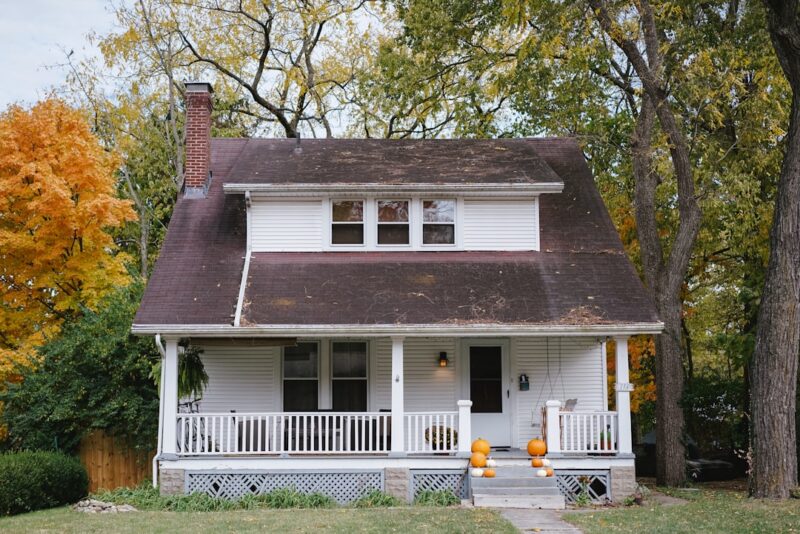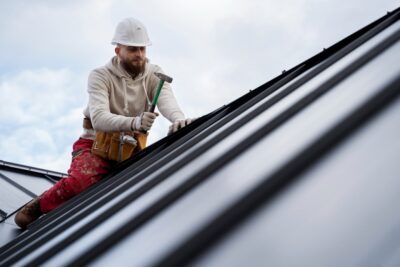Updating an old house can be a rewarding adventure, blending the charm of the past with the convenience and style of modern living. The journey from dated to dazzling hinges on thoughtful planning and attention to detail. Whether you’re tackling a full renovation or making selective upgrades, the right approach can preserve the home’s original character while infusing it with fresh energy. Keep reading for insights on how to breathe new life into your beloved abode.
Assessing Your Old House for a Modern Upgrade
Before embarking on renovating an older home, a thorough assessment is imperative. This involves analyzing existing structures, systems, and aesthetics, with input from professionals like architects or structural engineers for valuable insights. This evaluation identifies immediate needs and aids in prioritizing renovation tasks.
During the assessment, consider the home’s architectural style and historical significance. Retaining unique features and quirks adds to its charm. Pay attention to details like electrical systems, plumbing, heating, and insulation, ensuring they meet current standards and pose no hazards. Optimize space usage and flow within the house, especially if it has a compartmentalized layout. This ensures a successful upgrade that respects the home’s past while meeting contemporary needs. And remember, don’t forget to check for hidden surprises like a fake indoor tree.
Strategic Planning for an Old House Renovation
Strategic planning is key to turning your renovation vision into reality. Start by setting clear, achievable goals for your project, whether it’s enhancing functionality, increasing energy efficiency, or restoring historical beauty. Budget considerations are crucial to maintaining a balance between aspirations and financial resources. Creating a timeline with milestones for major tasks is essential.
Consulting contractors early helps avoid scheduling conflicts, like those related to furnace repair Richmond VA. Make decisions with long-term implications in mind, focusing on sustainability and low-maintenance options that add lasting value. Engage reputable professionals who can bring your vision to life, leveraging their expertise in design, construction, and local building codes. Remember, a well-strategized renovation plan is essential for success.
Incorporating Energy-Efficient Features in a Vintage Home
Improving energy efficiency is essential for updating older homes. Start by assessing current energy usage to pinpoint areas for improvement, such as upgrading HVAC systems or addressing furnace issues, like those that may require furnace repair services in Richmond VA.
Inadequate insulation is a common issue in vintage homes. Invest in quality insulation for walls, attics, and basements to regulate indoor temperatures and minimize heat loss. Upgrading windows to double or triple-glazed options or sealing existing windows can also enhance efficiency.
Switching to LED lighting fixtures and integrating smart home technologies for remote control of lighting, heating, and cooling systems can further reduce energy consumption.
Consider renewable energy sources like solar panels to offset electricity costs and reduce environmental impact, despite the initial investment. These upgrades not only cut utility bills but also create a more comfortable and sustainable living environment.
Preserving the Charm: Combining Old and New Elements
Preserving the historical charm of your old house while modernizing it can be a rewarding endeavor. Selectively update and restore features such as original hardwood floors, moldings, fireplaces, and built-in cabinetry to highlight the home’s vintage appeal.
Introducing modern fixtures and finishes that complement the house’s original style can create stunning visual effects. For instance, contemporary kitchen appliances can contrast beautifully with classic cabinetry and hardware, achieving a cohesive design.
Incorporate pieces that tell a story and acknowledge the home’s history. Vintage furnishings and decor can elegantly nod to the past, while creative additions like indoor trees can add continuity between interior and exterior spaces.
Maintain the architectural integrity of the home by working with its quirks. Rather than removing non-functional elements, repurpose them as features or storage spaces. Embrace the uniqueness of your old house while adapting it to modern living demands.
Navigating the Renovation Process: Budgeting, Contractors, and Permits
Renovating requires meticulous management, starting with a comprehensive budget that includes a contingency fund for unexpected costs, particularly in older homes. Selecting reputable contractors is key; gather multiple bids, check references, and maintain open communication once the team is assembled.
Obtain necessary permits to comply with local regulations, avoiding costly delays. Stay patient and flexible throughout the process, as surprises are common. Each step brings you closer to your dream home.
Overall, updating an old house offers an opportunity to craft a living space that resonates with personal flair while anchoring in history and charm. By following these guidelines, you’ll navigate the complexities of renovation with greater ease and confidence.










